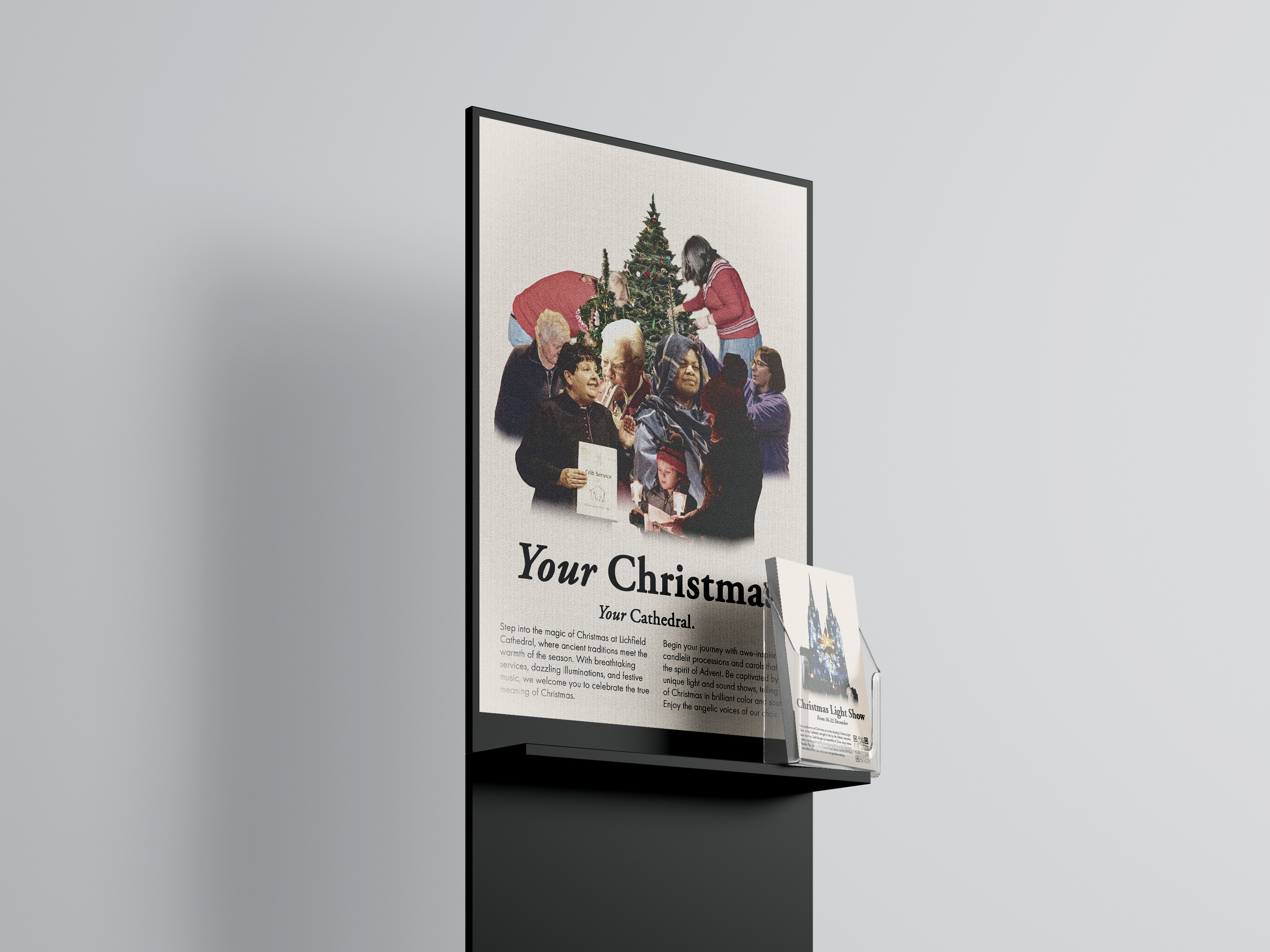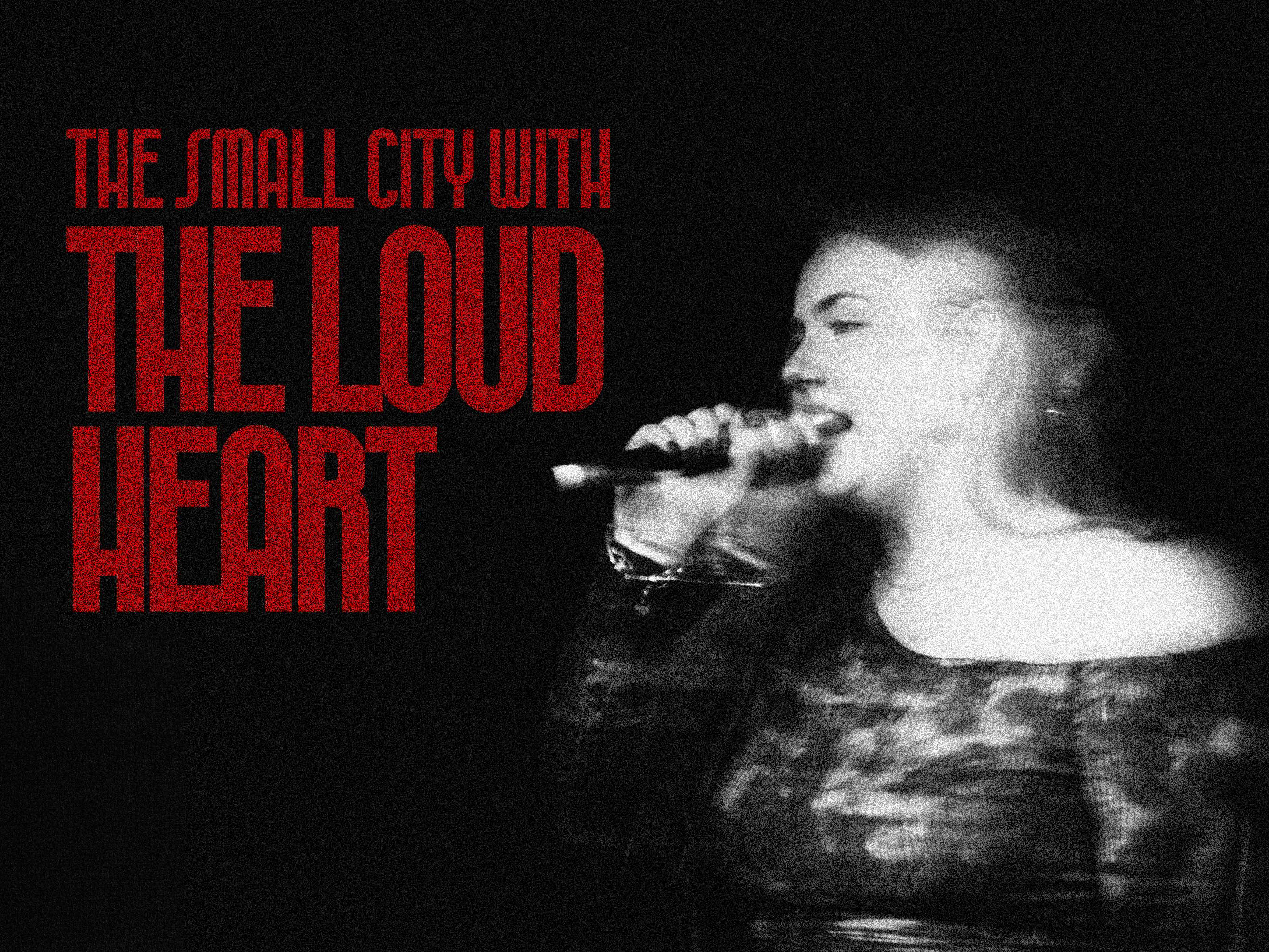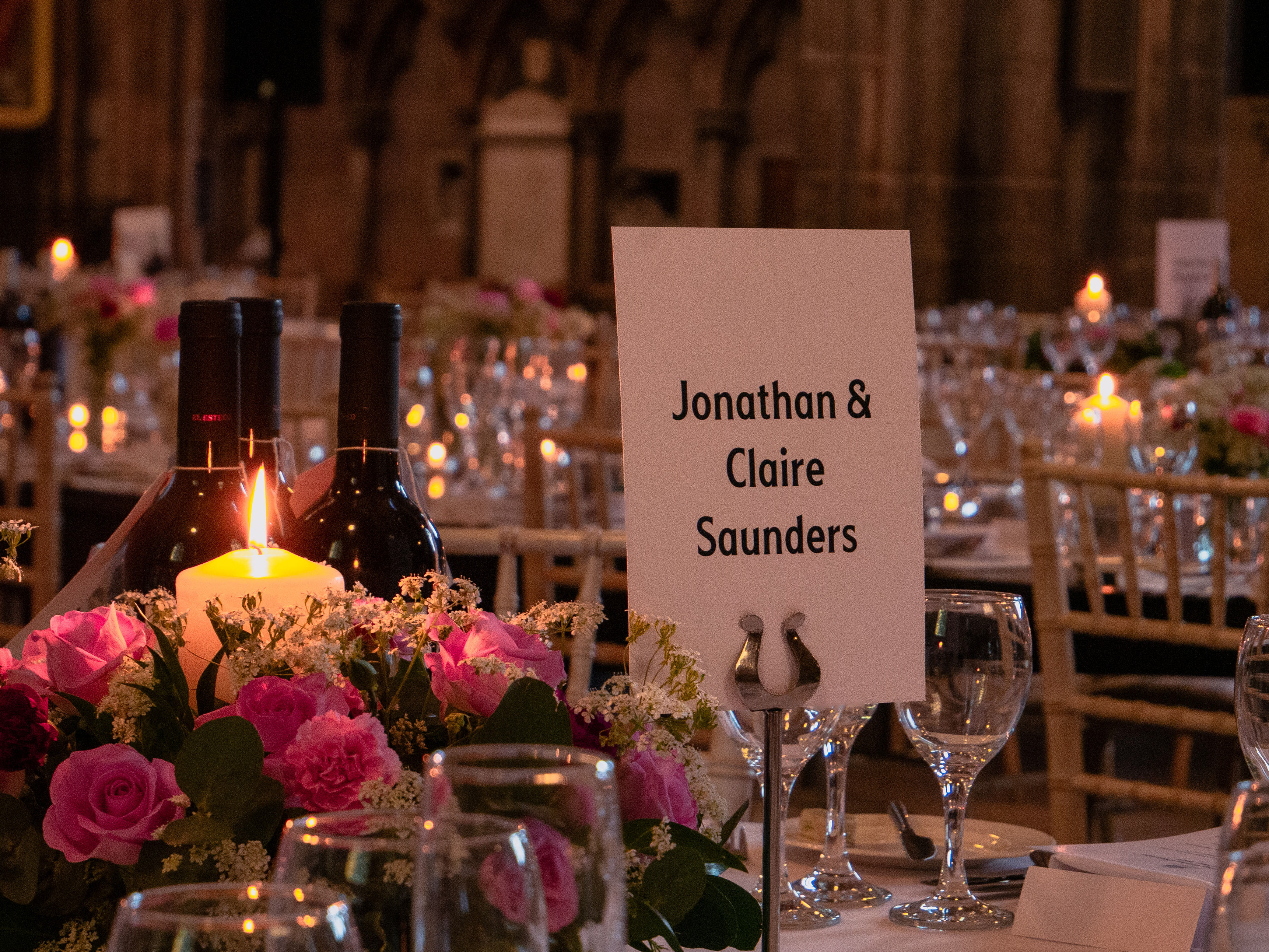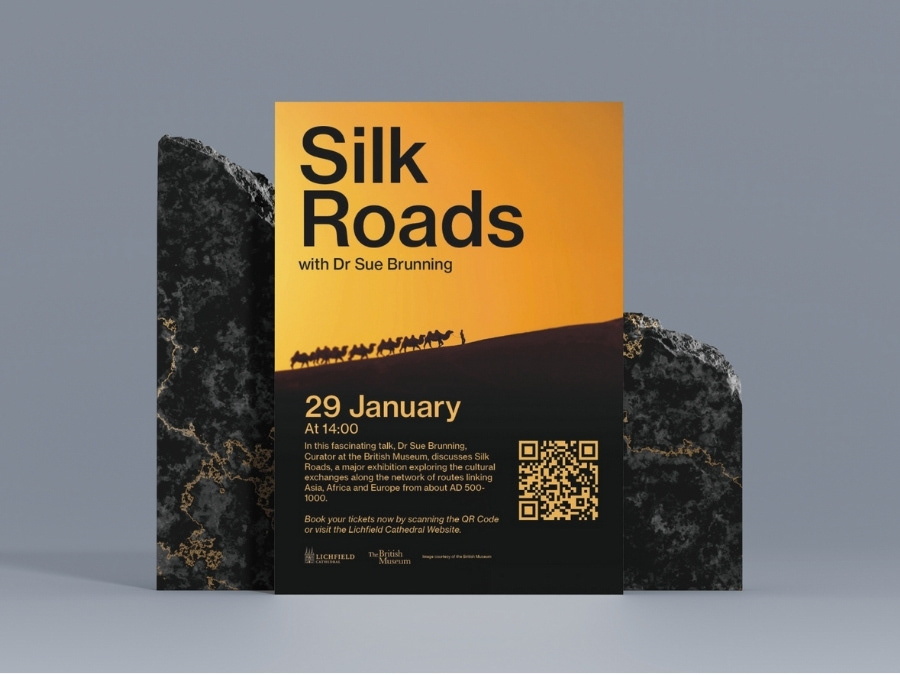I. BRIEF
In April-March of this year, I entered into a competition as a response to a live brief issued by Clarion Communications on behalf of their client, Wickes, a major UK home improvement retailer. The challenge was to enhance Wickes’ brand equity in the kitchen space and increase public awareness through a creative PR campaign.
My response was shortlisted for the final round and presented to a judging panel that included the Clarion CEO and CMO, Wickes’ CMO, the Consumer PR Manager at Aldi, and the Business Development Manager at Creative Alliance. I delivered my pitch at Clarion’s London offices.
For the competition, I prepared two decks: an initial concept presentation and a refined final version. In the latter, I streamlined the content by moving much of the copy into speaker notes, enabling a cleaner, more confident delivery.
After receiving feedback on the initial deck post-shortlisting, I adapted the campaign’s PR strategy by removing the user-generated content (UGC) element and shifting focus toward securing national media coverage for greater impact.
II. STRATEGY
The core of my approach was grounded in research and data. While conducting competitor analysis, I identified a clear gap in the market: most retailers’ digital kitchen planners were outdated and clunky - a major friction point for consumers and a missed opportunity for brand differentiation.
Rather than taking a traditional PR route, I proposed a creative business solution that reimagined Wickes' digital experience. I aimed to not just improve brand perception, but radically shift Wickes’ positioning in the market by addressing a functional weakness with a product-led idea.
The concept was backed by a clear rationale: if a competitor addressed this issue first, Wickes risked falling further behind in innovation. My solution leaned into my strengths as both a strategist and designer, presenting the idea not just as a campaign, but as a scalable digital product that could be expanded across the full Wickes offering.
While the brief set a notional £50k budget, I acknowledged that a fully developed product would require greater investment. I made the case to the panel that this was a smart long-term investment - a one-time build with scalable potential across the entire Wickes portfolio.
III. DESIGN
The visual style was minimal and clean, in line with Wickes’ brand guidelines to ensure consistency and clarity throughout the deck. All infographics and UI mockups were designed in Figma, and the final deck was assembled in Figma Slides, leveraging their design ecosystem to seamlessly transfer assets and significantly reduce production time.
The software mockups, including the gamified elements, drew creative inspiration from LEGO Builder’s Journey, which influenced my approach to interaction, atmosphere, and visual storytelling.
To bring these concepts to life, I used ChatGPT-4o’s image generation tools to create initial visual prototypes. After refining the outputs through prompt engineering and editing in Photoshop, I exported the visuals into Figma, where I developed the UI mockups.
IV. DELIVERY & RESULTS
Although I didn’t win the competition, my concept was shortlisted for the final round of a nationwide challenge targeted at university students and recent graduates. I was the youngest person in the room, the only non-university entrant, and ultimately placed as a close second.
Feedback from the judging panel was highly positive, and notably, the Chief Marketing Officer of Wickes mentioned that a similar tool is already in development - validating the strength and commercial relevance of the concept.
This experience deepened my skills in creative strategy and real-world problem-solving, and demonstrated my ability to hold my own against older, more experienced peers from academic backgrounds.






